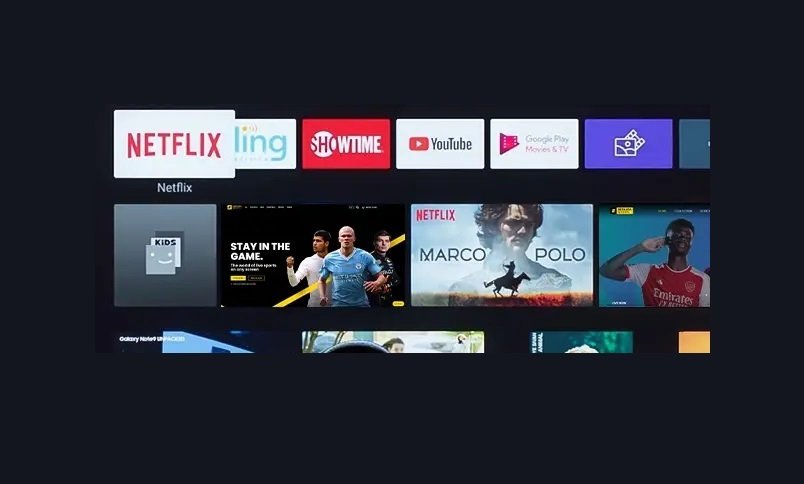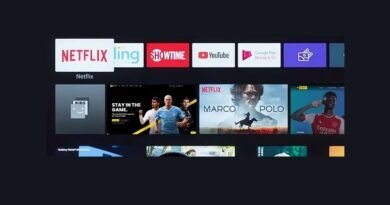OTT and the Future of Sports Broadcasting
In recent years, the world of sports broadcasting has undergone a seismic shift, largely driven by the rise of Over-the-Top (OTT) platforms. What was once dominated by traditional television networks is now evolving into a more fragmented but vibrant landscape, with streaming services playing a pivotal role. This article explores how OTT platforms are changing sports broadcasting, what it means for fans, and the implications for traditional sports networks.
The OTT Revolution in Sports Broadcasting
OTT platforms have revolutionized sports broadcasting by offering a more flexible, accessible, and often more affordable way for fans to watch their favorite sports. Unlike traditional TV networks that require a cable or satellite subscription, OTT services stream content directly over the internet, providing viewers with a range of options to suit their preferences.
- Increased Accessibility: OTT platforms have democratized access to sports content. Fans no longer need to be tied to a cable package to watch live events or catch up on games. Services like ESPN+, Amazon Prime Video, and DAZN have made it possible for viewers to stream sports content on various devices, from smartphones and tablets to smart TVs and laptops. This increased accessibility has allowed sports fans to follow their favorite teams and events no matter where they are.
- Customized Viewing Experience: OTT platforms offer a more personalized viewing experience. Unlike traditional broadcasters that often present a one-size-fits-all approach, streaming services provide viewers with options to choose specific games, teams, or even camera angles. For instance, Amazon Prime Video’s coverage of Thursday Night Football includes features like interactive stats and alternative commentary, catering to diverse fan preferences.
- On-Demand Content: One of the biggest advantages of OTT platforms is the ability to watch content on demand. Fans can catch up on missed games, re-watch highlights, and access exclusive behind-the-scenes content whenever they want. This flexibility is a significant departure from the rigid scheduling of traditional TV broadcasts.
What This Means for Fans
The shift to OTT sports broadcasting has had several positive impacts on fans:
- Cost Efficiency: Many OTT services offer lower subscription costs compared to traditional cable packages. For sports enthusiasts who only want specific channels or leagues, OTT platforms can provide a more cost-effective solution.
- Enhanced Interaction: With the rise of interactive features, fans can engage with sports content in new ways. Live stats, real-time updates, and interactive features enhance the viewing experience and provide deeper engagement with the games.
- Global Reach: OTT platforms have expanded the availability of international sports content. Fans can now access games and events from leagues around the world, broadening their sports viewing options beyond local or national coverage.
The Impact on Traditional Sports Networks
While OTT platforms offer numerous advantages, they also pose challenges for traditional sports networks:
- Increased Competition: The proliferation of OTT services has intensified competition in the sports broadcasting market. Traditional networks are no longer the sole gatekeepers of sports content, leading to a fragmented audience and a more competitive landscape.
- Revenue Models: Traditional networks have relied heavily on advertising and subscription fees. With the rise of ad-supported OTT models and direct-to-consumer subscriptions, traditional networks are having to rethink their revenue strategies. Many are exploring partnerships with OTT platforms or developing their own streaming services to adapt to the changing market.
- Content Distribution: The shift to OTT has also altered content distribution strategies. Sports leagues and teams are increasingly bypassing traditional networks and partnering directly with streaming platforms. This direct-to-fan approach allows for more control over content and monetization but requires networks to adapt to new distribution models.
Looking Ahead
The future of sports broadcasting is likely to be characterized by a blend of traditional and OTT platforms. As technology continues to advance, we can expect further innovations in how sports content is delivered and consumed. Virtual and augmented reality, for example, may offer new ways to experience games, while advanced data analytics could provide even deeper insights into live events.
For fans, the future promises even more options and enhanced experiences. As OTT platforms continue to grow and evolve, they will likely bring more personalized, interactive, and accessible sports content to viewers around the world. Traditional sports networks will need to innovate and adapt to remain relevant in this rapidly changing landscape.
In summary, OTT platforms are reshaping sports broadcasting by offering increased accessibility, customization, and flexibility for fans. While this shift poses challenges for traditional networks, it also opens up new opportunities for innovation and growth. As the industry continues to evolve, the ultimate winners will be the sports fans, who are set to enjoy an unprecedented range of choices and experiences.



